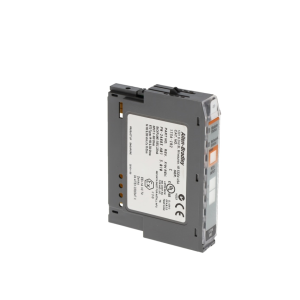
Determining the exact I/O (input/output) points required for your project based on its complexity involves a thorough analysis of the system’s requirements. :
- List All Devices: Start by making a comprehensive list of all the devices and components that will be connected to the PLC in your project. This includes sensors, actuators, motors, valves, and any other devices that need to be controlled or monitored.
- Identify Inputs: For each input device, determine how many inputs are required. For example, a simple on/off sensor would require one input point, while a multi-state sensor might require more.
- Identify Outputs: Similarly, list the output devices and determine the number of outputs needed for each. Consider the type of control required, such as simple on/off control, analog control for variable speed, or complex sequencing.
- Consider Redundancy: Depending on the criticality of your project, you may need to include redundant I/O points for fail-safe operations or to accommodate future expansions without replacing the entire system.
- Analyze Signal Types: Classify the signals as digital (discrete) or analog. Digital I/O points are used for on/off signals, while analog I/O points are used for continuous signals like temperature, pressure, or flow rates.
- Evaluate Communication Needs: If your devices require communication with the PLC, such as through fieldbuses or Ethernet, ensure that the I/O points include communication capabilities.
- Assess Special Functions: Some projects may require special I/O points for functions like high-speed counting, positioning, or pulse generation.
- Calculate Total I/O Points: Add up all the input and output points identified in the previous steps to get a total count of I/O points required.
- Account for Expansion: Consider potential future expansion of your project. It’s often wise to overestimate the I/O points slightly to accommodate additional devices or functions that may be added later.
- Use a System Designer Tool: Some PLC manufacturers offer system design tools or software that can help you calculate and visualize the I/O requirements for your project.
- Consult Documentation: Review the documentation of the devices you plan to use to understand their I/O requirements fully.
- Seek Expert Advice: If you’re unsure about your calculations or the complexity of the system, consult with a system integrator or a technical expert who can provide guidance.
- Validate with a Pilot Project: If possible, create a pilot project or a small-scale version of your system to test the I/O requirements and make adjustments as needed.
By following these steps, you can estimate the I/O points required for your project with a high degree of accuracy. Remember that it’s essential to have a clear understanding of your project’s scope and the specific devices and functions involved to ensure you have the right number of I/O points.

